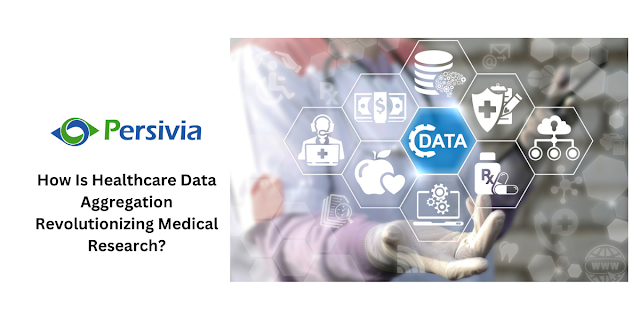Crunching the Numbers: A Deep Dive into Risk Adjustment Solution Algorithms
The healthcare industry is no stranger to complex algorithms, and Risk Adjustment Solution (RAS) algorithms are no exception. As the industry shifts towards value-based care, RAS algorithms have become an increasingly critical tool in identifying high-risk patients, ensuring accurate reimbursement, and improving the quality of care. From the foundational Hierarchical Condition Category – HCC Coding to the cutting-edge potential of Natural Language Processing (NLP), RAS algorithms require a deep understanding of both technology and healthcare.
HCC Coding: The Foundation of Accurate Risk Adjustment Solution
Hcc coding is the foundation of RAS algorithms – a method of risk adjustment that involves grouping patients into categories based on their diagnoses, demographics, and other factors. These categories are then used to determine the patient's risk score, which can be employed to determine the appropriate level of care and reimbursement.
HCC coding also helps providers identify and address comorbidities, ensuring that patients receive the appropriate interventions and preventive care they need.
Natural Language Processing (NLP): Revolutionizing Risk Adjustment with AI
NLP is a form of artificial intelligence that enables computers to understand and analyze human language. This technology can be used to extract information from unstructured medical data, such as physician notes and patient reports, which can then be used to improve the accuracy of risk adjustment.
By employing NLP, RAS can identify previously unrecognized risk factors, leading to more accurate risk assessments and better patient outcomes. This capability allows healthcare providers to make more informed decisions about patient care and intervention strategies.
The Benefits of Risk Adjustment Solution: From Better Healthcare Outcomes to Cost Savings
The use of the Risk Adjustment Model offers a multitude of benefits, such as:
Helping healthcare providers identify patients who are at higher risk of developing chronic conditions or who require additional care. This can lead to earlier interventions, better outcomes, and lower costs.
Helping improve the overall quality of care by enabling providers to better understand their patient populations and tailor their care accordingly.
Ensuring that healthcare providers are accurately and fairly reimbursed for the care they provide.
Ensuring significant cost savings for both patients and providers.
Final Verdict
In conclusion, the Risk Adjustment Solution is crucial for improving patient outcomes and controlling costs in healthcare. Despite challenges, the benefits of RAS are undeniable, and their role will only continue to grow as the industry shifts towards value-based care and a successful healthcare landscape.




Comments
Post a Comment